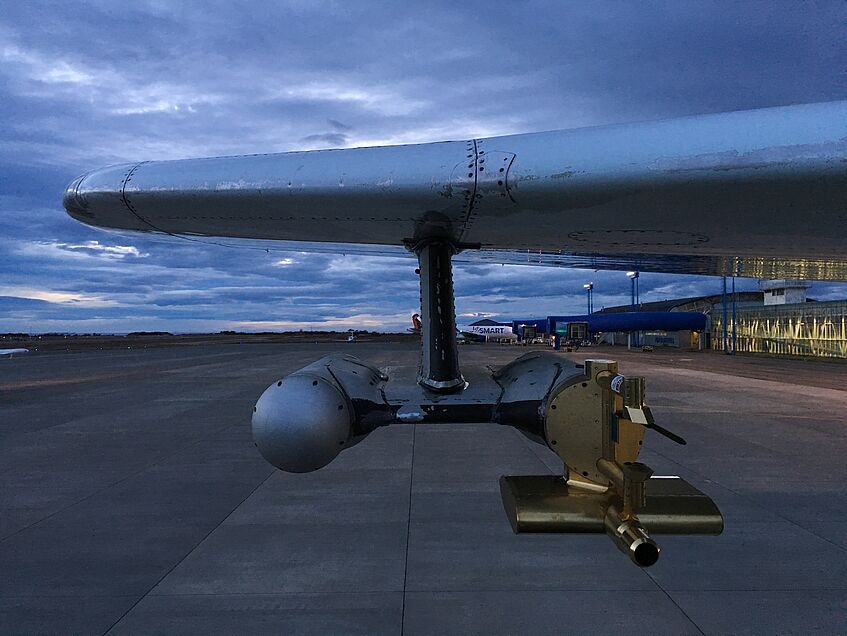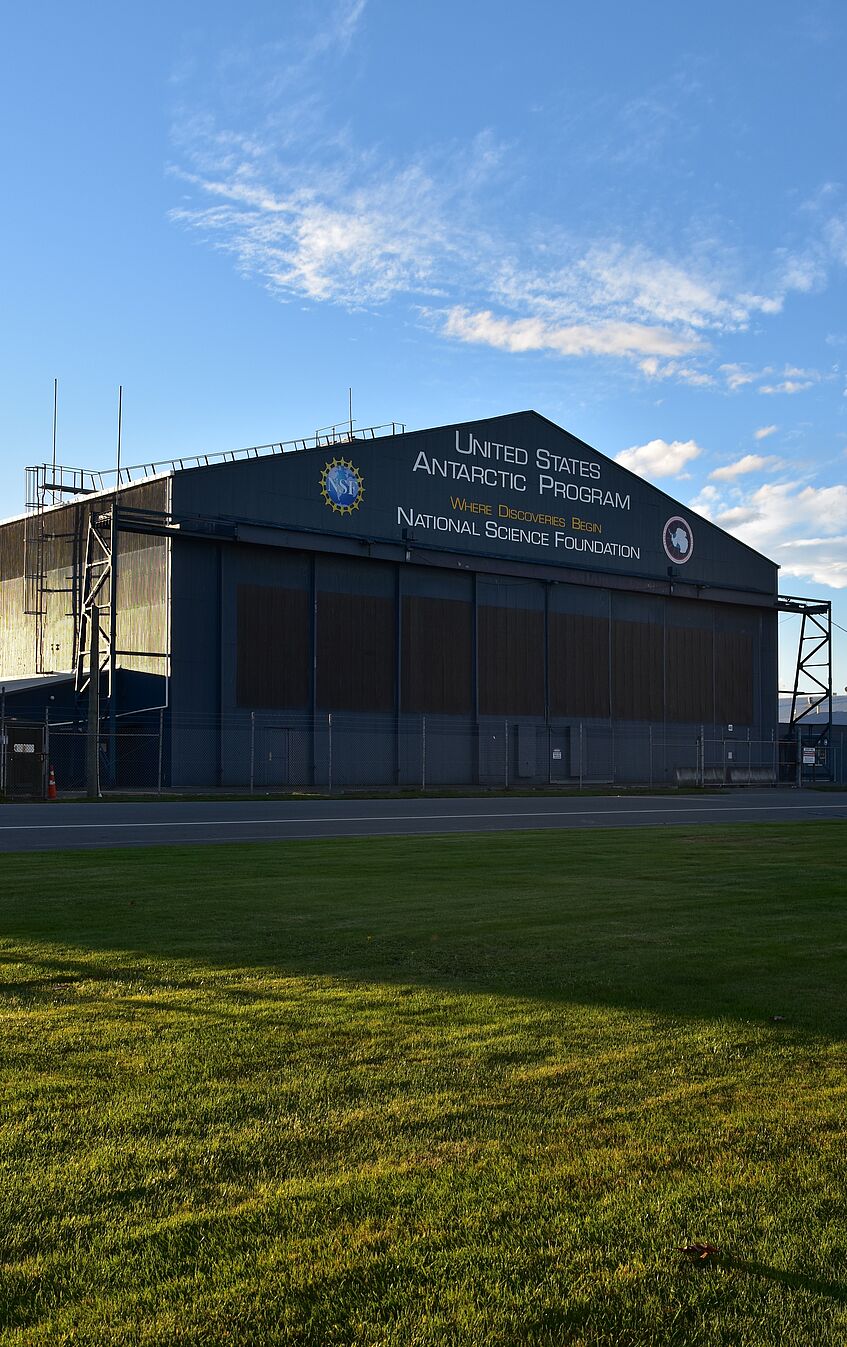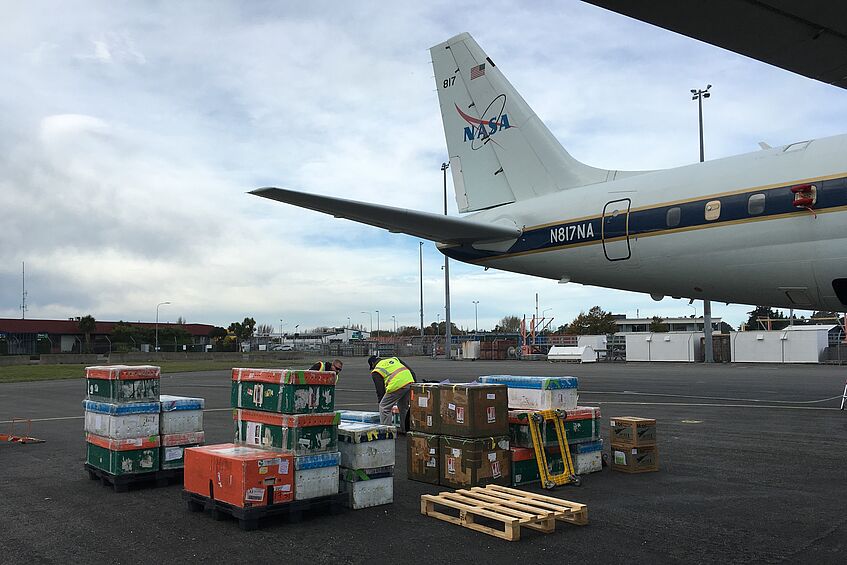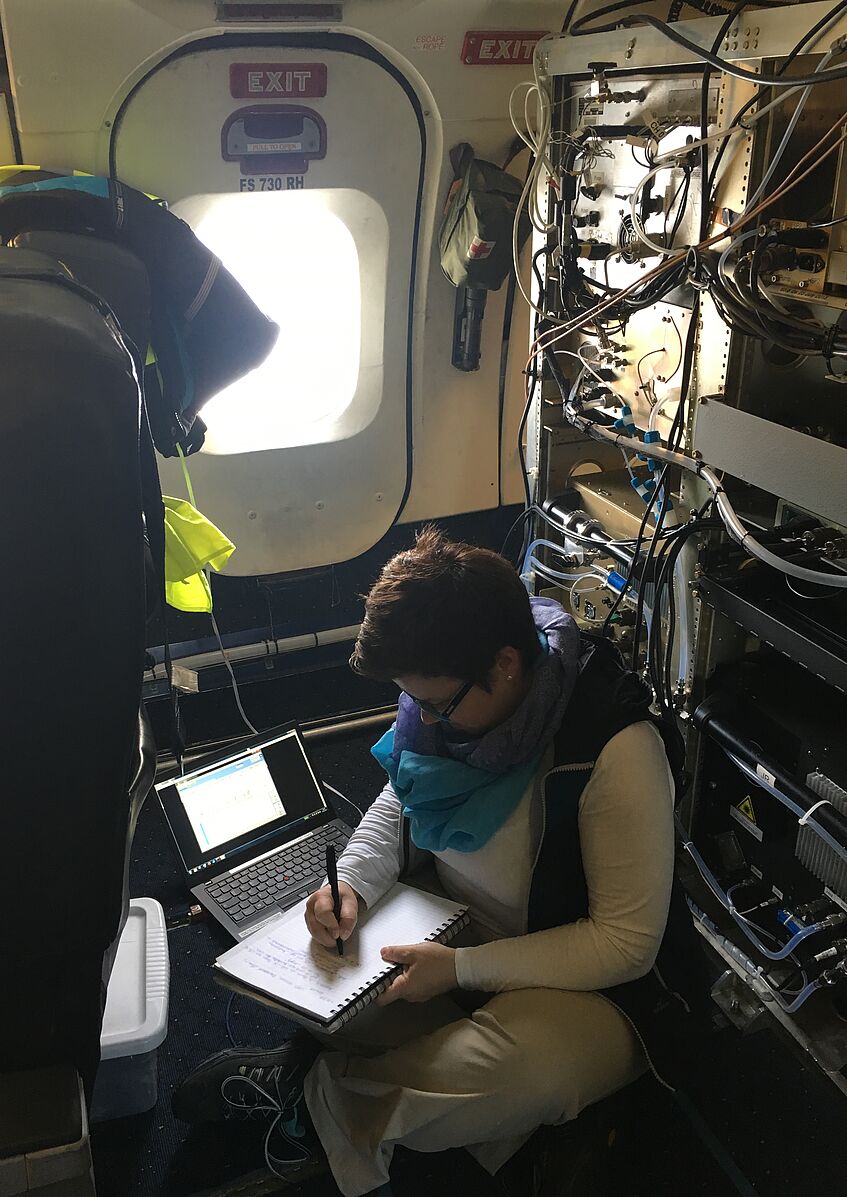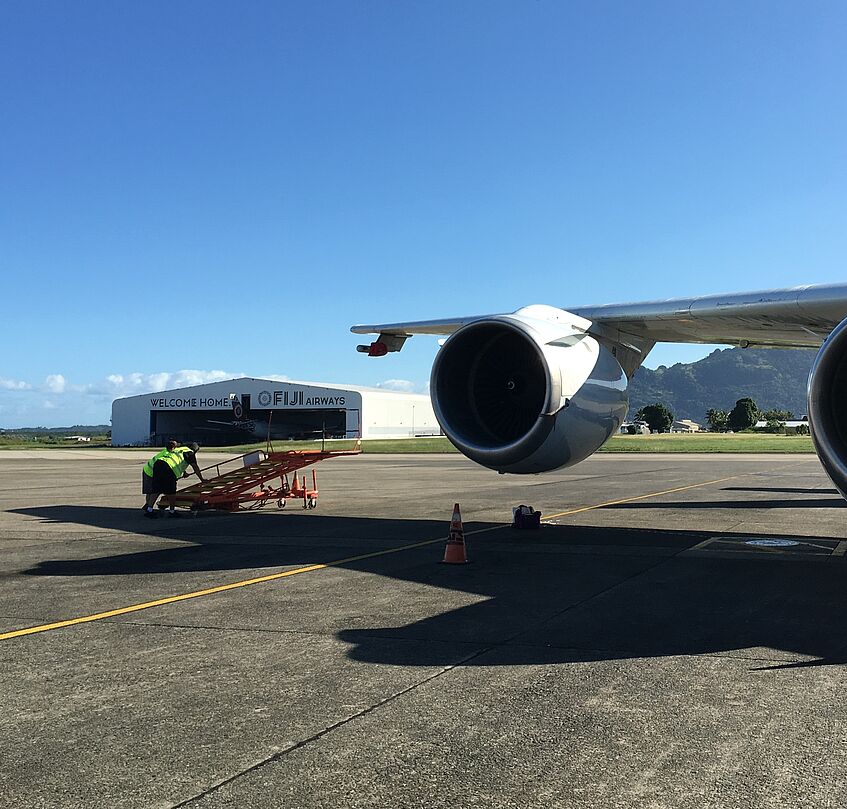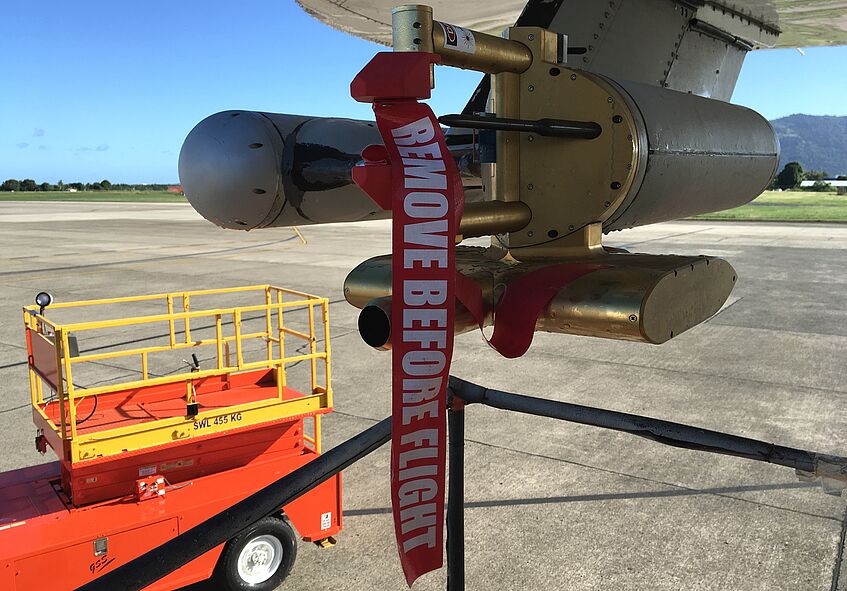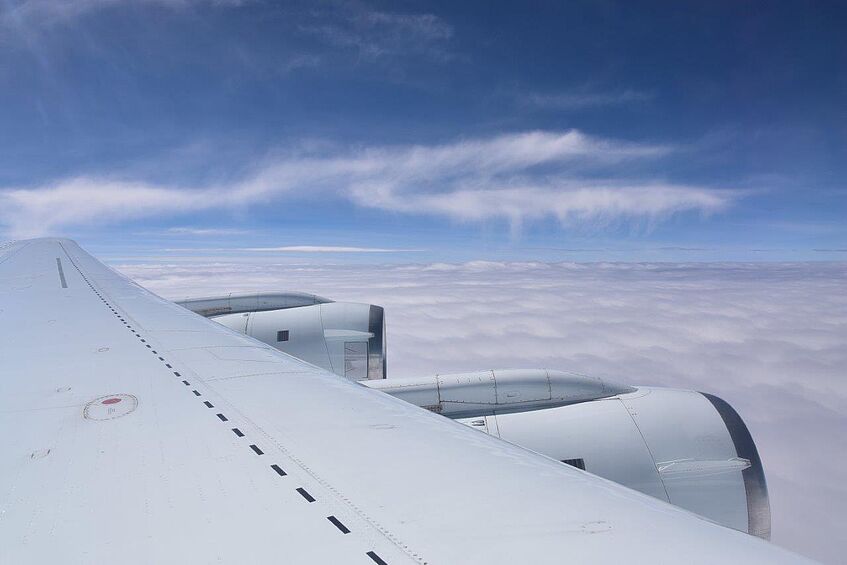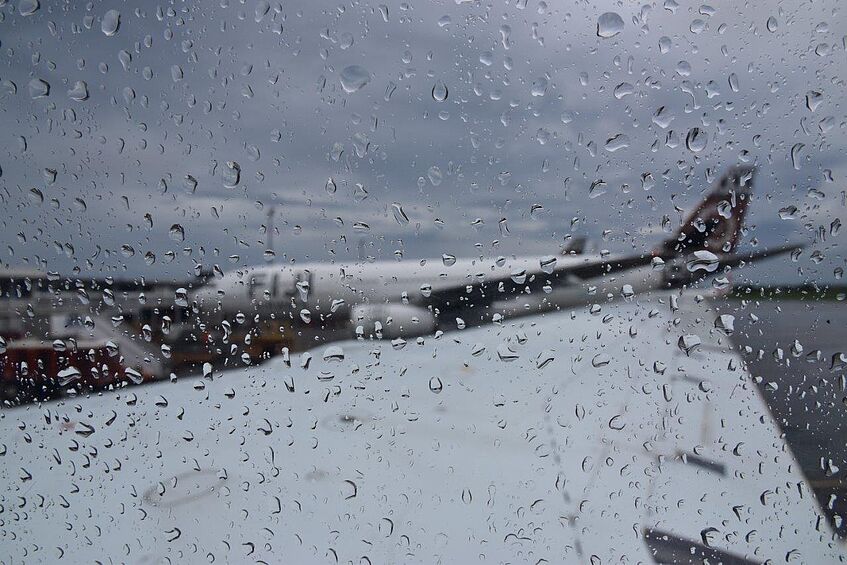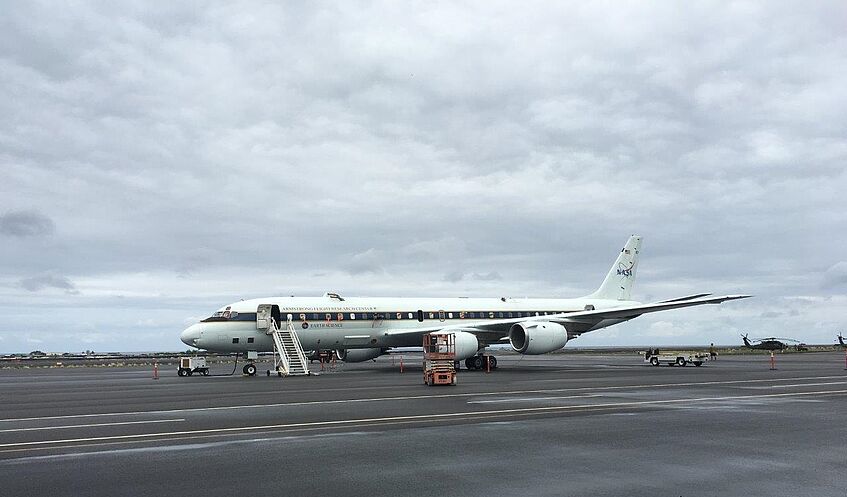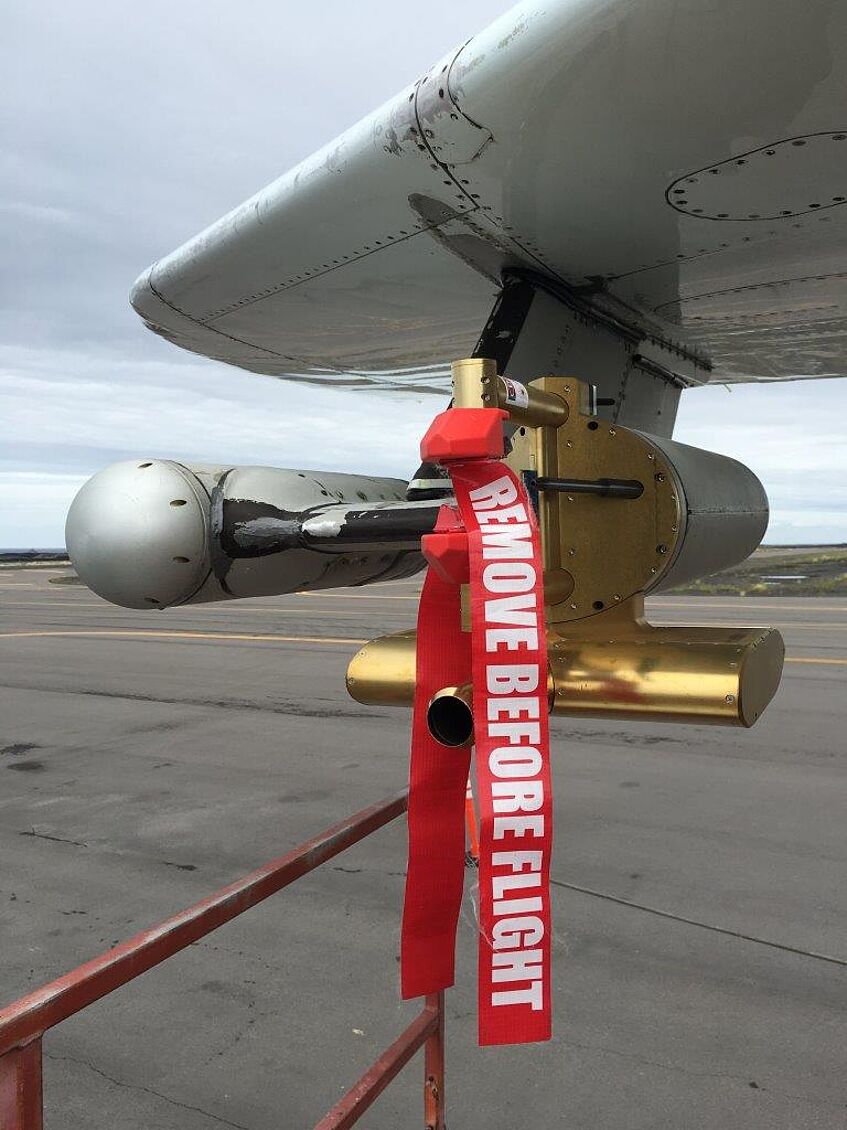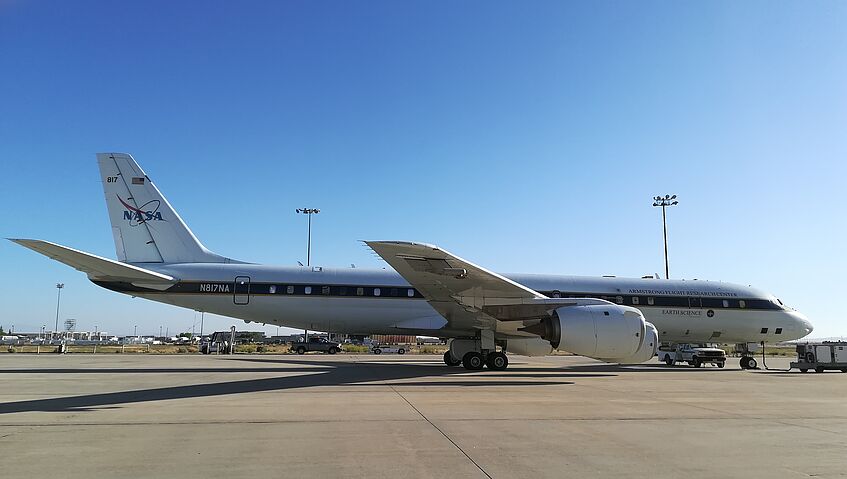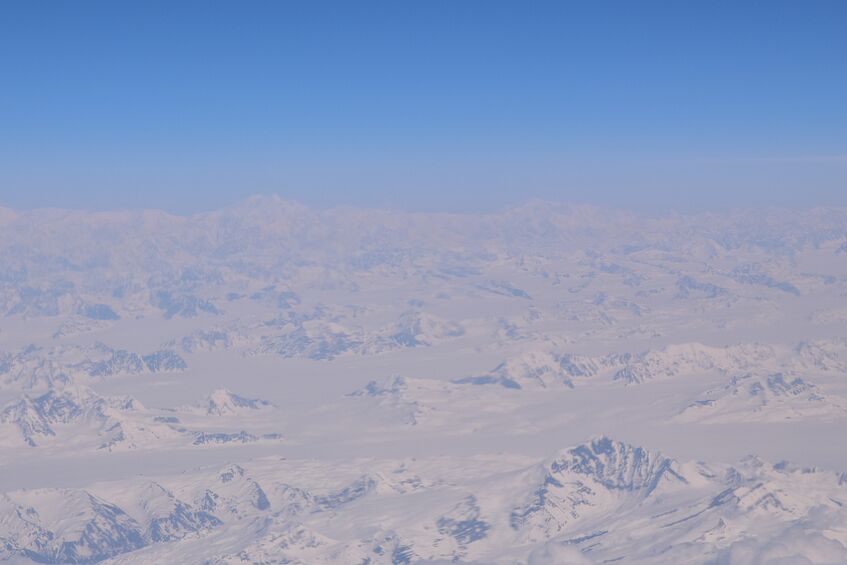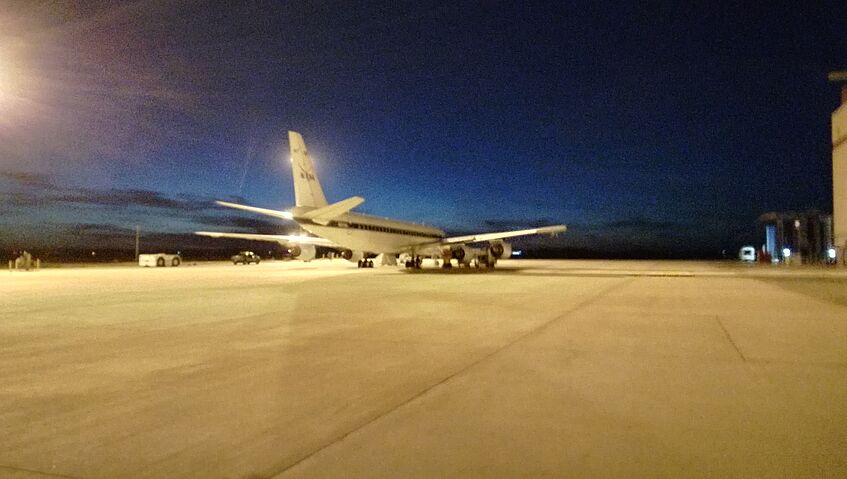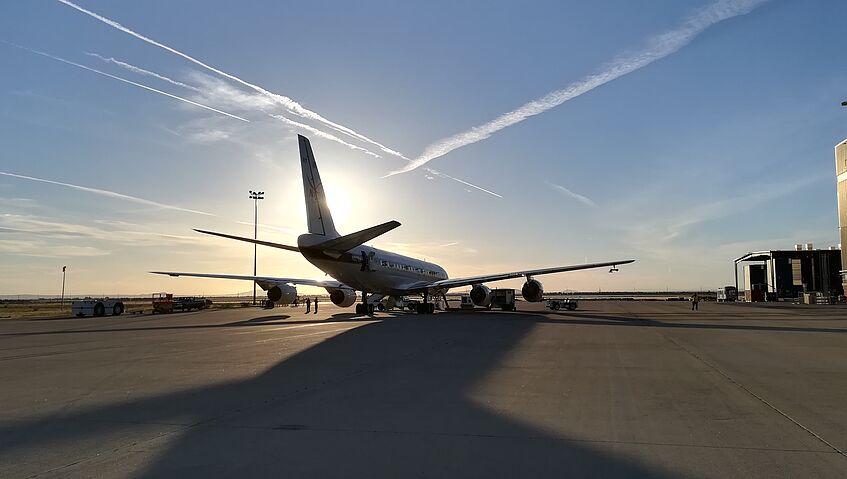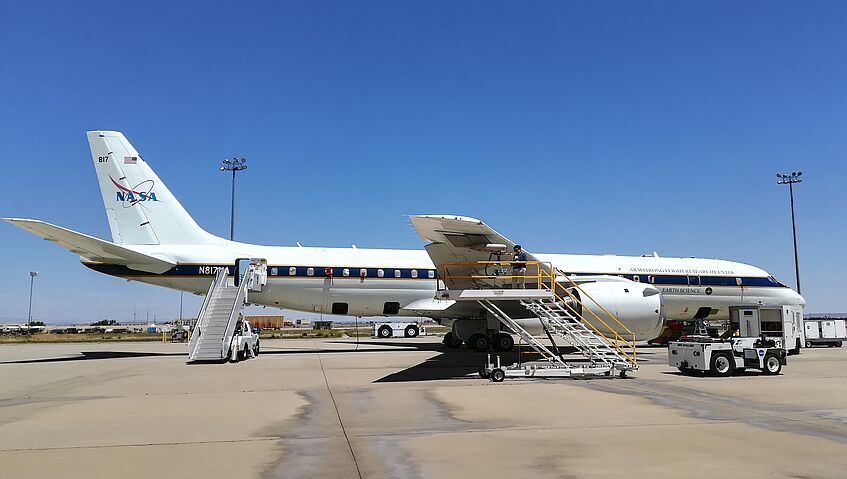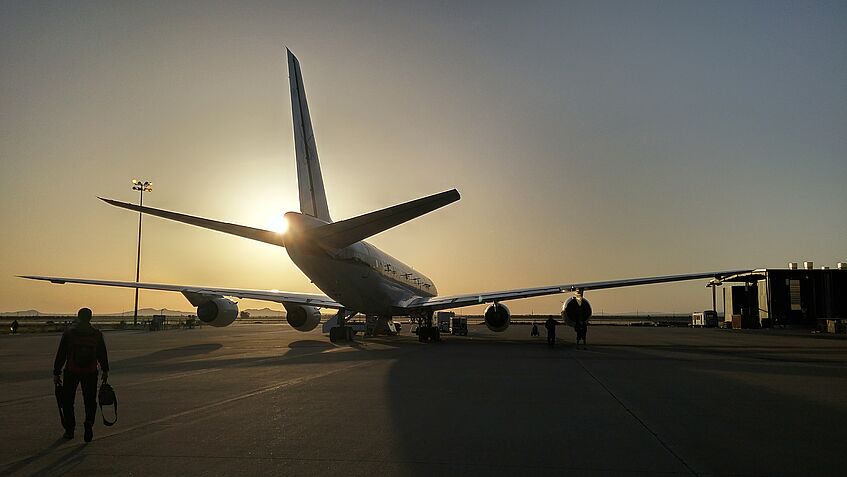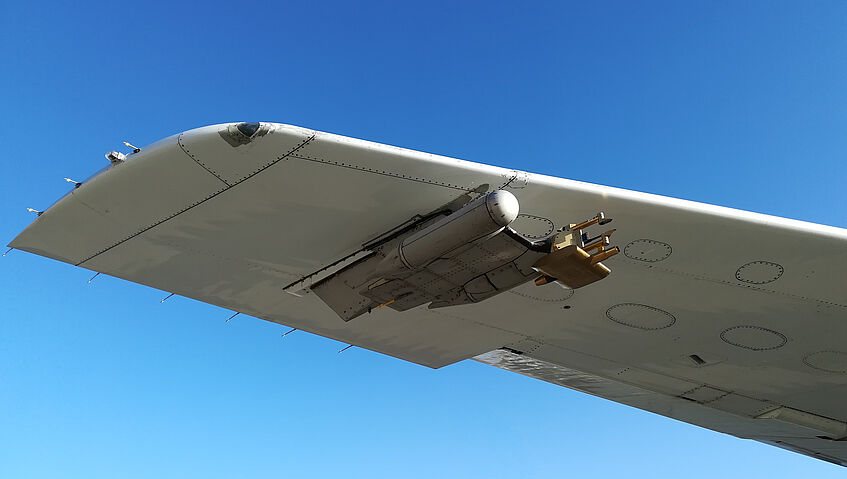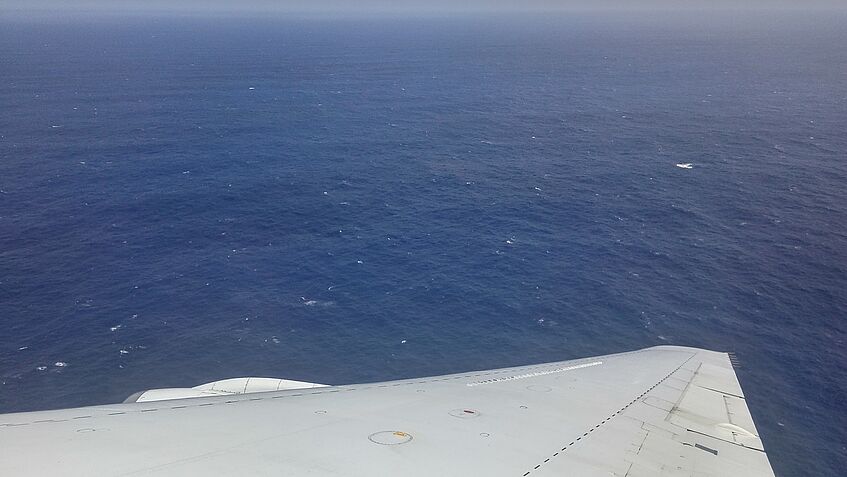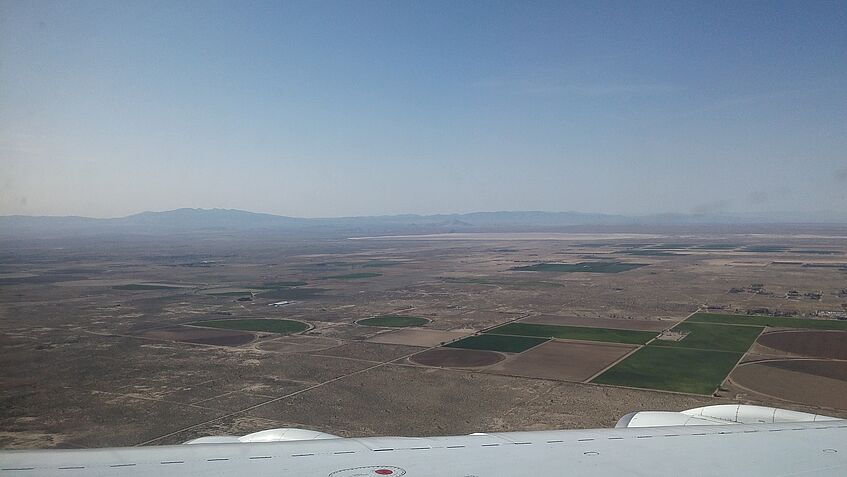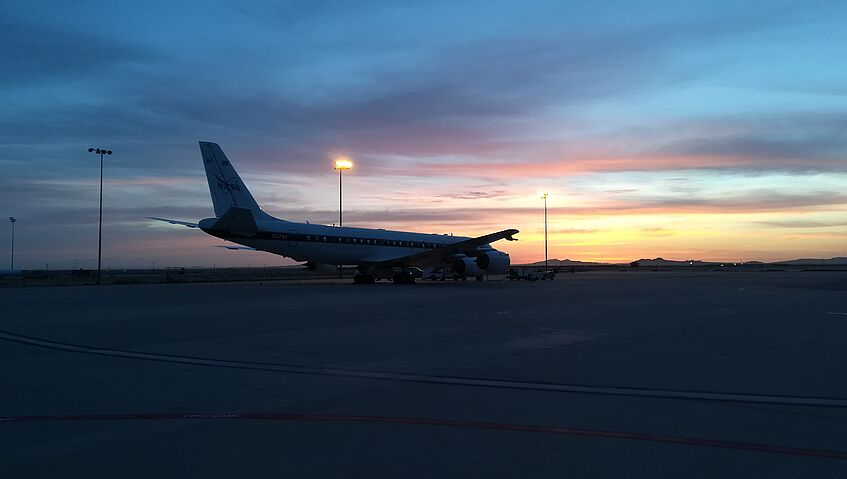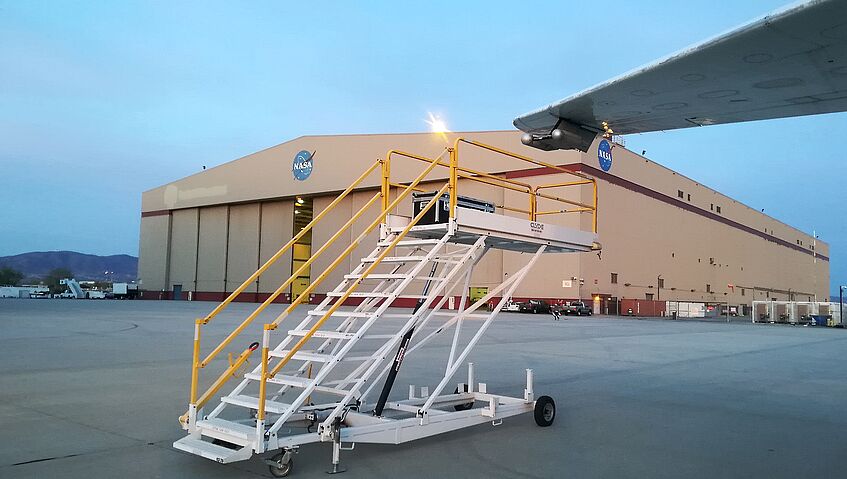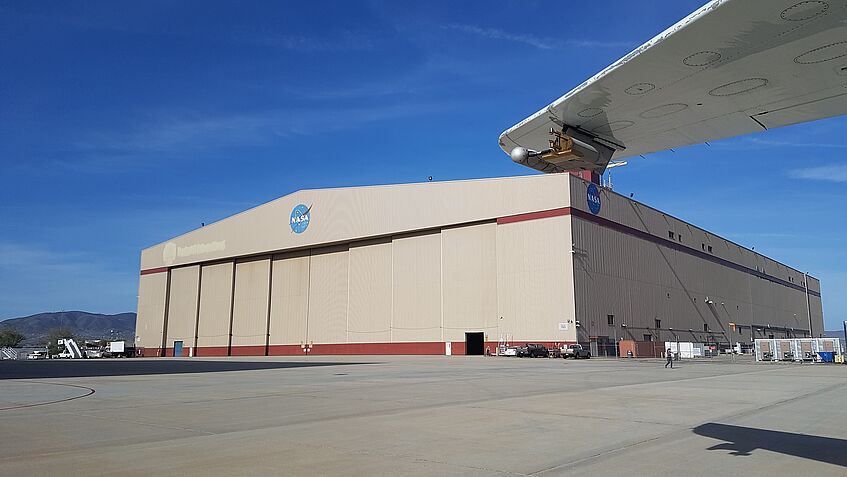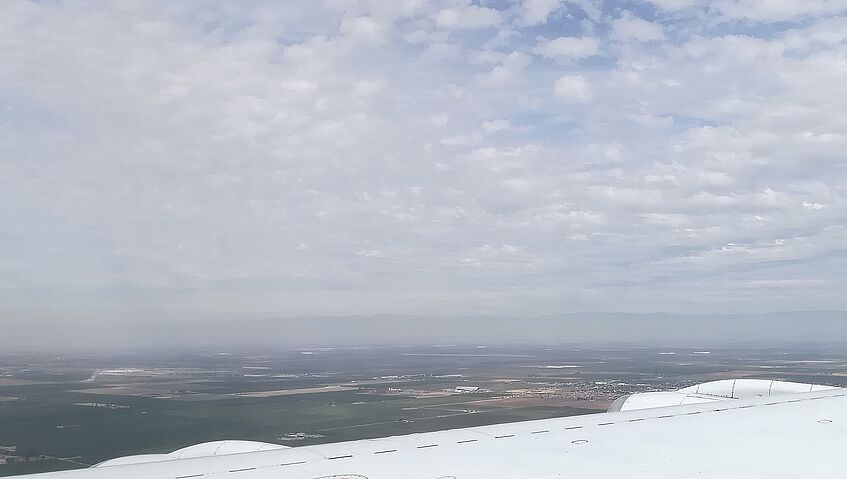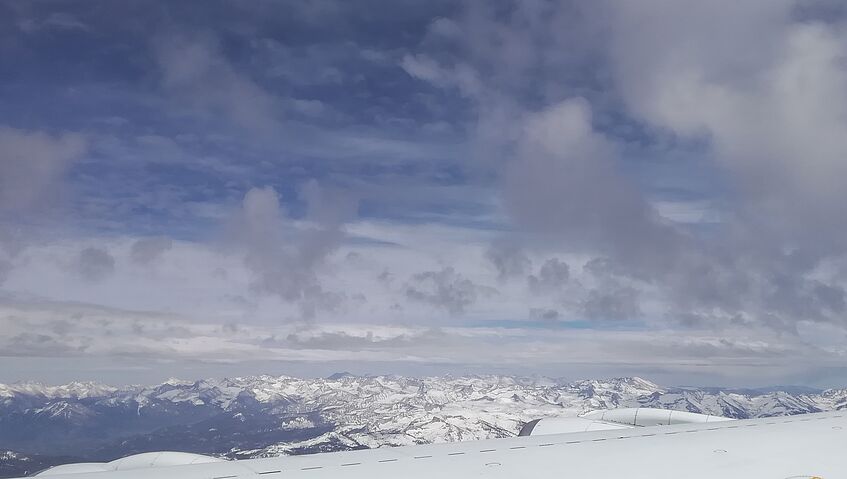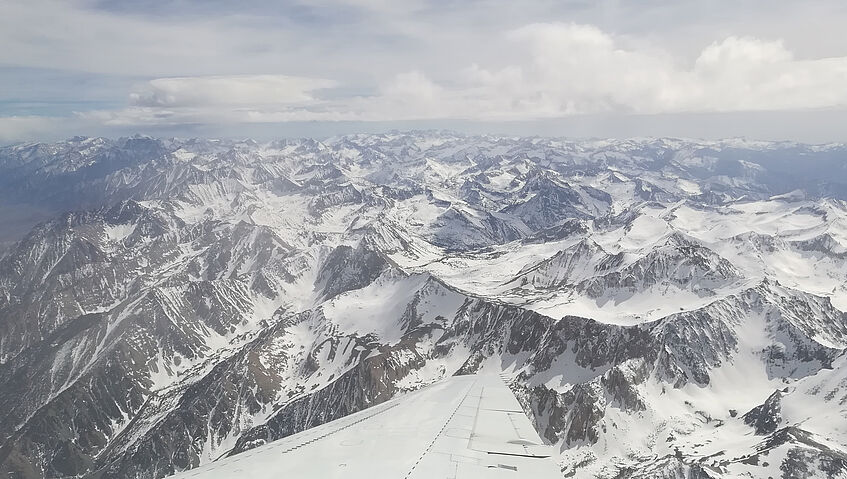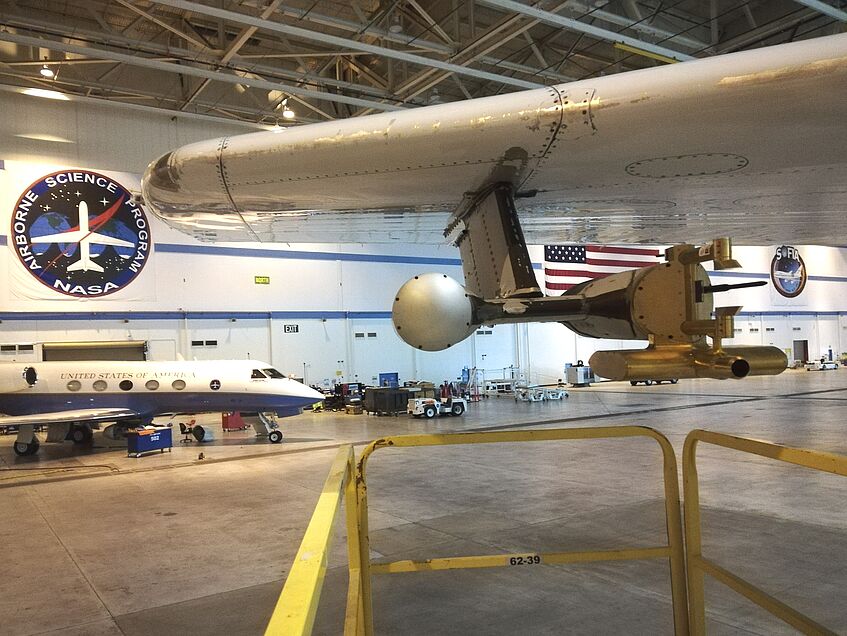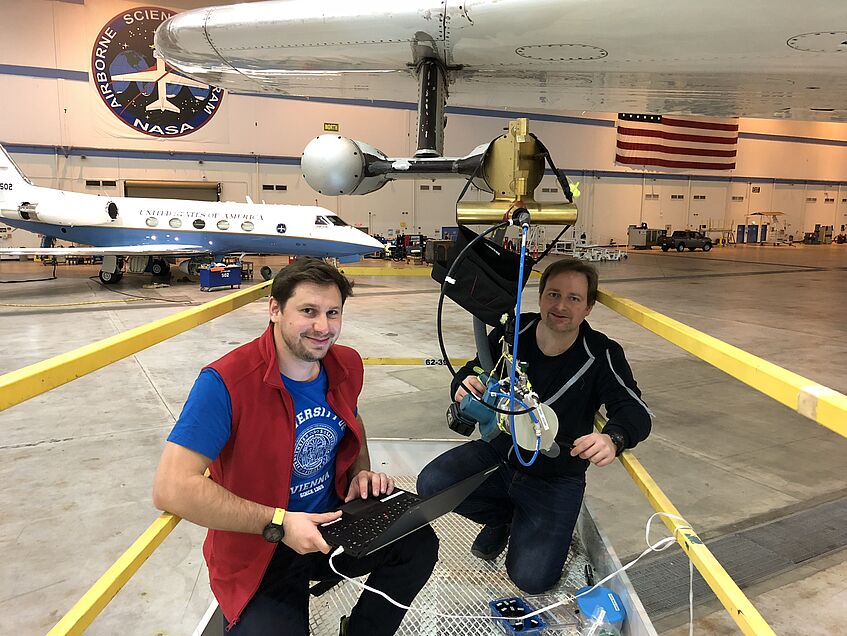A³-team @ ATom
Austrian Airborne Aerosol Measurements at Atmospheric Tomography Mission (ATom)
The NASA-sponsored ATom airborne field experiment investigates how human emissions affect air quality and climate change in the atmosphere by making measurements with the DC-8 research aircraft that will fly from near the North Pole down the middle of the Pacific Ocean, to the edge of Antarctica and back up the Atlantic Ocean.
In this photo blog, we – Bernadett Weinzierl, Maximilian Dollner and Nikolaus Foelker – report about the preparations for ATom-4 and our measurements during the fourth and final ATom deployment in spring 2018. Details about the project including a detailed project description, participants and mission calendar can be found on the ATom project homepage.
Contact: Univ.-Prof. Dr. Bernadett Weinzierl
If you want to follow the NASA DC-8 during the flights on a map you can use the following link:
8 May 2018: Always windy in [chil-ee]
Today, we prepared CAPS for tomorrow’s flight to Antarctica and replaced the liquid water content sensor. Wind speeds were high with gusts up to 70 km/h and temperatures were chilly – typical weather for Punta Arenas (Chile). We had to make sure that our equipment was not blown away. In the afternoon, we had a Science Team meeting where we discussed upcoming analyses and publications.
5 – 6 May 2018: Two days in Christchurch, New Zealand
New Zealand is the first 2-day stop-over during this deployment. Besides the normal calibration and maintenance, CAPS requires a cleaning of optical components. The sunny and dry weather provides perfect conditions for this kind of work. Also other instrument teams make use of the extra ground day for extended instrument servicing and calibrations.
3 May 2018: A day in the South Sea
Every flight day is followed by an aircraft access day during which maintenance is done, instruments are calibrated, and – if something breaks – instruments are repaired. Our work schedule at the aircraft includes a full CAPS calibration and cleaning the optical windows of the imager in CAPS.
1 - 2 May 2018: Across the date line into the future
We left Hawaii at 8:55 LT on 1 May for an 8-hour flight. On our way down the Pacific Ocean to Fiji, we passed through the South Pacific Convergence Zone (SPCZ) where we sampled a number of convective clouds, saw record clean air, crossed the international dateline, skipped an entire day, and landed in Fiji at 15:05 LT on 2 May.
30 April 2018: A glimpse of Hawaii
During this deployment, we only had one full day in Hawaii. Due to the rainy weather it was unclear in the morning whether it would be possible to calibrate CAPS outside at the apron. However, it cleared up until noon and allowed us do the calibration and further maintenance on the instrument. The day ended with a beautiful sunset which we observed from Kona, Hawaii.
From left to the right: The DC-8 at the apron at Kona airport, Hawaii. Mid: the CAPS instrument. Right: Sunset in Kailua-Kona.
29 April 2018: From the Arctic to the tropics
29 April 2018: From the Arctic to the tropics
Today, we had another very interesting flight which brought us from Alaska to Hawaii. We took-off in Anchorage at 10:00 LT, flew in clouds for some time and passed over amazing landscapes and beautiful mountains in the area of Cold Bay, Alaska. We again sampled Asian dust, pollution and many different cloud types. Finally, we landed in Hawaii after 8 hours of flight time.
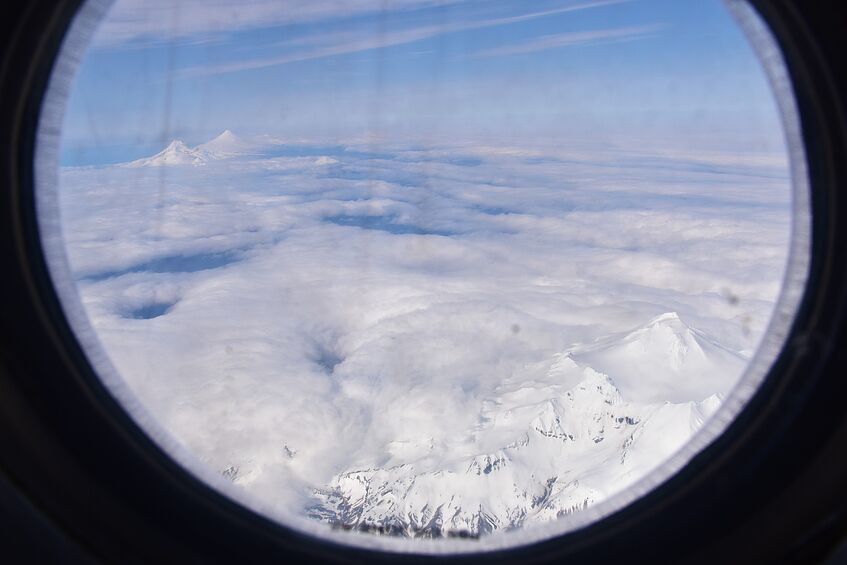
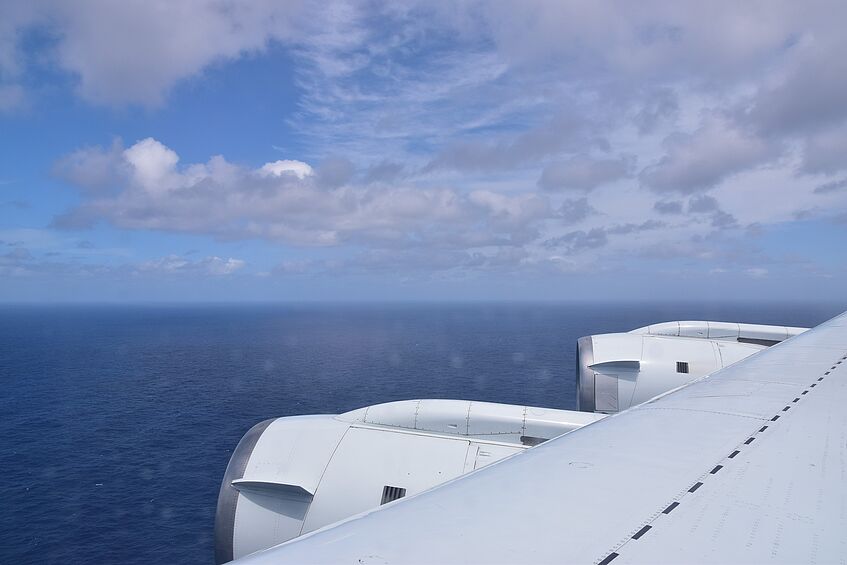
27 April 2018: Dust in the wind
27 April 2018: Dust in the wind
Today, we left for the fourth “ATom world tour”. Initially scheduled for 26 April, the departure had to be delayed by one day due to to some minor technical problems with the aircraft. Starting from Palmdale, we went north, passed snow-covered mountains and glaciers over Alaska, and were as far north as the Beaufort Sea. We made a low approach at Barrow airport, the northernmost city of the U.S., and landed after 10.5 hours in Anchorage, Alaska.
One of the highlights of this flight was the measurement of an extended layer of Asian dust starting about 40 minutes after take-off. The Asian dust layer contained large 10-20 µm dust particles, but also showed strong signatures of anthropogenic pollution such as enhanced black carbon and ozone. These measurements complement our extensive data set of Saharan and Arabian dust observations which we collected in the past 12 years during four major aircraft campaigns including SAMUM-1 (2006, Morocco), SAMUM-2 (2008, Cabo Verde), SALTRACE (2013, Cabo Verde and Caribbean), and the ERC-funded A-LIFE mission (2017, Cyprus). Today’s measurements extend our dust data base by another globally important mineral dust source: the Asian deserts.
24 April 2018: Doors closed. Ready for departure!
As usual, the ATom-deployment starts with the “equator flight” which takes us from Palmdale down to the equator and back. We arrived at the hangar at 5:00 LT in the morning. By this time, the DC-8 aircraft was already outside of the hangar waiting for scientists to start operation. After the mandatory instrument-checks and the pre-flight briefing, the plane took off at 07:45 LT. In the first half of the flight, we flew at high altitude for more than 3 hours. Altogether, we made 8 vertical profiles and spent significant amounts of the flight time inside of clouds. After 10.5 hours of flight time, we landed at 17:15 at Palmdale.
14 – 22 April 2018: No problem!
From 14 – 22 April, the so-called “problem resolution period” has been scheduled as part of ATom. This period allows scientists and aircraft crew to resolve issues observed during the test flights. CAPS had a minor issue during test flight #1 which we solved soon after the test flight. Since CAPS worked very well during test flight #2, we have time to focus on software and data analysis now.
13 April 2018: Outbound, two thirds towards Hawaii
The second test flight was originally scheduled for Thursday, 12 April. However, due to strong cross-winds which would have been above the limits for the DC-8, the test flight had to be delayed by one day. On 13 April, we took off at 9:22 and flew two-thirds of the distance to Hawaii.
"Plastic island" was on our track, but we were not able to spot it because we were too high and there was a thick layer of clouds blocking the view to the ground.
Including take-off and landing, we made four ascents and four descents (i.e. 8 vertical profiles), thereby sampling the atmosphere between ~130 meters above sea level up to 13 km including the lower edge of the stratosphere.
10 April 2018: The same procedure as last time? The same procedure as every time!
As for every ATom deployment, two test flights are planned for the ATom-4 mission too. The first test flight is scheduled for today. Before we are ready to go, we need to re-install the CAPS in the canister under the right wing of the NASA DC-8 research aircraft. The test flight takes us to the south of L.A., past Catalina and San Clemente Island, before we turn around and head northward to California Central Valley where we also and sampling sample over the mountains.
Over the Pacific, we performed some MMS-maneuvers for the calibration of the meteorological sensors. After 5 hours of flight time, the DC-8 lands in Palmdale as scheduled.
22 March 2018: CAPS upload completed
22 March 2018: CAPS upload completed
The integration, calibration and verification of our CAPS is completed. Knowing that everything is well- prepared, we can leave for the Easter holidays. We will be back in Palmdale on 7 April. Before returning to Vienna, we store the CAPS in the shipping box. The reason is that there might be DC-8 check flights in the next two weeks where the instrument would have to fly without power which is not healthy for the instrument.
20 March 2018: Calibration and installation
The new week started for us with further instrument testing. We take the chance to perform calibrations at different temperatures and settings to assess the sensitivity of the CAPS to different ambient conditions. In the mean time, the DC-8 is getting more and more ready for the campaign. Installations in the front part of the cabin are completed. Now, the instrument teams who’s racks will be situated in the rear part arrive for the upload. The inlets are also being installed at the fuselage and connected to the measurement equipment inside.
15 - 16 March 2018: Back on again
Yesterday and today, we performed additional checks and calibration runs in the lab before we installed the instrument on the NASA DC-8 research aircraft. Communication between the CAPS and the data acquisition computer inside the aircraft cabin works fine. Also the calibrations done after the installation of the CAPS look good. These are good news on Friday afternoon.
14 March 2018: Haven’t been here for a while – hello from Palmdale
The third ATom deployment has been concluded successfully in October 2017. After ATom-3, the CAPS has been serviced and checked by the manufacturer in Colorado. A couple of days ago, the instrument arrived in Palmdale and is already waiting for us inside the NASA hangar. Our tasks today include unpacking the CAPS and other equipment, and laboratory calibrations of the instrument. A first calibration run confirms that the instrument is in good shape.



